What is Technical SEO: What You Need to Know
In the world of digital marketing and search engine optimization (SEO), technical SEO plays a crucial role in ensuring that a website is optimized for search engines to crawl, index, and rank its content effectively. Technical SEO encompasses enhancing the technical elements of a website with the aim of boosting its presence and position on search engine results pages (SERPs).
Understanding Technical SEO
Technical SEO focuses on optimizing the infrastructure of a website to enhance its search engine visibility. This includes various technical elements such as website speed, mobile-friendliness, crawling and indexing, website architecture, and security protocols. By addressing these technical aspects, technical SEO aims to make it easier for search engines to understand and evaluate a website’s content, resulting in better indexing and higher search rankings.
Key Components of Technical SEO Website Speed and Performance
One of the most significant reasons why website speed and performance matter is their direct influence on user experience. Studies have shown that users are more likely to abandon a website that takes more than a few seconds to load. Slow-loading websites result in higher bounce rates, lower engagement, and decreased conversions. On the other hand, a fast and responsive website enhances user experience, encourages longer browsing sessions, and improves overall satisfaction.
Strategies to Optimize Website Speed and Performance
• Compress Images and Files
Large image and file sizes are common culprits for slow-loading websites. Compressing images and files can significantly reduce load times without compromising quality. Utilize tools like Adobe Photoshop or online compressors to optimize images for the web.
• Minimize HTTP Requests
Each component of a webpage, including images, scripts, and stylesheets, necessitates an HTTP request for loading. Minimizing the number of requests by combining files, reducing unnecessary elements, and leveraging browser caching can help improve website speed.
• Enable Browser Caching
Browser caching allows static resources to be stored locally on a user’s device, reducing the need to fetch them from the server every time a user visits the website. This can lead to faster load times for returning visitors.
• Optimize Code and Scripts
Clean and optimized code can improve website performance by reducing unnecessary lines of code, eliminating render-blocking scripts, and improving the overall efficiency of the website. Minify CSS, JavaScript, and HTML files to streamline website loading.
• Utilize Content Delivery Networks (CDNs)
Content Delivery Networks (CDNs) distribute website content across multiple servers worldwide, reducing the physical distance between the user and the server. This helps in delivering content faster and improving website speed, particularly for users located far from the server location.
Mobile Friendliness
In the age of mobile browsing dominance, technical SEO plays a crucial role in ensuring that websites are optimized for mobile-friendliness. By implementing responsive design, optimizing page speed, conducting mobile usability testing, leveraging structured data markup, and monitoring mobile performance, businesses can improve their technical SEO for mobile devices and enhance their overall search engine visibility and user experience.
Best Practices for Mobile-Friendly Websites
• Responsive Design
Implementing a responsive design ensures that a website adapts to different screen sizes and resolutions, providing a consistent and optimized experience across various devices, including smartphones, tablets, and desktops.
• Fast Loading Times
Optimizing a website for fast loading on mobile devices is crucial. This can be achieved by minimizing server response times, leveraging browser caching, and optimizing images and code to ensure quick page load times on mobile.
• Clear and Simple Navigation
Mobile users should be able to navigate a website easily using simple and intuitive menus, clear calls-to-action, and streamlined pathways to access content and complete actions on the site.
• Readable Content
Content should be formatted for easy readability on smaller screens, with legible fonts, appropriate text sizes, and properly formatted images and videos that display well on mobile devices.
• Mobile-Friendly Interactions
Ensure that interactive elements such as forms, buttons, and dropdown menus are easily tappable and functional on mobile devices without requiring zooming or precision tapping.
Crawling and Indexing
Crawling and indexing are foundational aspects of technical SEO that directly impact a website’s search engine visibility and performance. By optimizing crawling and indexing processes through strategies such as XML sitemaps, robots.txt directives, internal linking, mobile optimization, and search console monitoring, website owners can improve their site’s discoverability, indexation, and overall search engine rankings.
Strategies for Optimizing Crawling and Indexing
• XML Sitemaps
Create and submit XML sitemaps to search engines to provide a roadmap of your website’s pages for crawling and indexing. Ensure that the sitemap is updated regularly to reflect changes and additions to your site’s content.
• Robots.txt File
Use the robots.txt file to instruct search engine bots on which pages to crawl and which to avoid. Ensure that important pages are not blocked and that any duplicate or low-value content is restricted from indexing.
• Internal Linking
Establish a clear internal linking structure that allows search engine bots to navigate your website easily and discover all relevant pages. Link strategically to important pages and create a hierarchy that guides bots through your site effectively.
• Mobile Optimization
Ensure that your website is mobile-friendly to facilitate crawling and indexing for mobile search users. Implement responsive design, optimize page speed, and prioritize mobile usability to enhance the mobile crawling experience.
• Monitor Search Console
Regularly monitor your website’s performance in Google Search Console to track crawling and indexing issues. Review crawl errors, indexing status, and search analytics data to identify opportunities for improvement and ensure optimal search engine visibility.
- Website Architecture
Optimizing website architecture is a critical component of technical SEO that can significantly impact a website’s search engine visibility and performance. By adhering to the principles of well-structured website architecture, implementing optimization strategies, and monitoring performance metrics, website owners can enhance their site’s crawlability, indexation, and overall SEO rankings.
Strategies to Optimize Website Architecture for SEO
• Conduct Website Audit
Start by conducting a comprehensive website audit to assess the current state of your website architecture. Identify areas for improvement, such as duplicate content, orphaned pages, or unclear navigation pathways.
• Implement Silo Structure
Organize your website content into thematic silos or topical clusters to group related pages together and establish a clear thematic focus for search engines. This helps search engines understand the relevance and context of your content.
• Optimize Navigation
Streamline website navigation by including a clear menu structure, breadcrumbs, and internal links that guide users and search engine bots through the site. Make it easy for visitors to find relevant content and navigate between pages.
• Create XML
Sitemap Generate and submit an XML sitemap to search engines to provide a comprehensive list of your website’s pages for indexing. Ensure that the sitemap is updated regularly to reflect changes and additions to your site’s content.
• Monitor Performance
Regularly monitor your website’s performance in search engine tools like Google Search Console to track crawling and indexing issues. Monitor crawl errors, indexation status, and search analytics data to identify areas for improvement and optimize your website’s architecture for better SEO performance.
Security Protocols
Security protocols are essential components of technical SEO that safeguard websites, protect user data, and contribute to better search engine rankings. By implementing key security measures, optimizing website security protocols, and prioritizing user privacy and data protection, website owners can enhance their website’s security posture and improve search engine performance.
Strategies to Optimize Website Security for SEO
• Conduct Security Audit
Start by conducting a comprehensive security audit of your website to identify vulnerabilities, security risks, and areas for improvement. Address any weaknesses in your security measures and prioritize implementing necessary safeguards.
• Monitor Website Security
Regularly monitor your website for security incidents, suspicious activities, and potential threats using security monitoring tools or services. Stay vigilant and react promptly to any security breaches or anomalies to protect your website and user data.
• Secure Data Transmission
Encrypt sensitive data, such as login credentials, payment information, and personal details, to protect user privacy and prevent data breaches. Implement secure data transmission protocols to ensure that information is securely transmitted between users and the server.
• Educate Users on Security Best Practices
Educate website users on security best practices, such as creating strong passwords, avoiding phishing scams, and recognizing potential security threats. Empowering users with knowledge can help prevent security incidents and protect both their data and your website.
• Partner with Security Experts
Consider partnering with cybersecurity experts or agencies to assess your website’s security posture, implement advanced security measures, and provide ongoing monitoring and support. Working with professionals can help strengthen your website’s security and bolster your SEO efforts.
